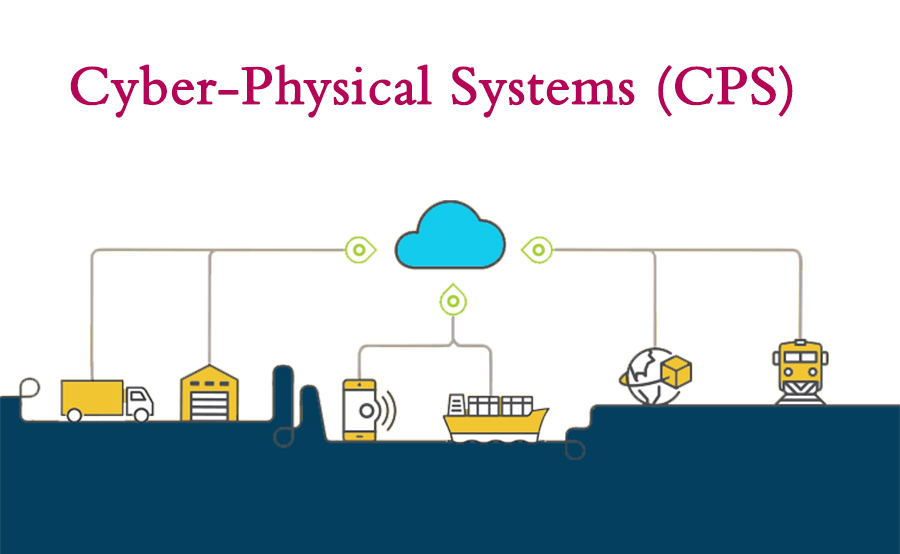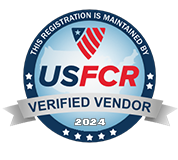Cyber-Physical Systems (CPS), Distribution, and Supply Chain Management
In today’s rapidly evolving world, manufacturing companies are increasingly adopting advanced technologies to remain competitive and meet the changing demands of their customers. One of the most innovative technologies that have emerged in recent years is Cyber-Physical Systems (CPS).
CPS is a new generation of manufacturing systems that enable integrated functions of organizations, including their entire supply chains and distribution channels. In this article, we will explore the concept of CPS, its benefits, and its impact on the manufacturing industry.
What are Cyber-Physical Systems (CPS)?
CPS is a new paradigm in manufacturing that combines physical systems with advanced computing, networking, and software technologies. The term “cyber” refers to the software and networking components, while “physical” refers to the tangible aspects of the system. CPS is essentially a network of smart devices, sensors, and machines that are connected to each other and the internet, enabling real-time data exchange and decision-making.
CPS comprises three main components: the physical system, the cyber system, and the interface between them. The physical system includes sensors, actuators, robots, and machines, while the cyber system consists of computing systems, software, and networking technologies. The interface between the two systems is where the magic happens. It is where the data from the physical system is collected, analyzed, and used to control and optimize the system’s performance.
Benefits of CPS in Manufacturing
CPS has several benefits for manufacturing companies, including:
- Increased Efficiency: CPS enables manufacturers to optimize their production processes by integrating and automating various functions. For example, sensors and smart devices can collect data on production performance, and advanced analytics can be used to optimize production schedules, reduce waste, and improve quality.
- Improved Productivity: CPS can help manufacturers increase productivity by automating repetitive tasks, reducing downtime, and improving the accuracy of production processes.
- Enhanced Flexibility: CPS enables manufacturers to be more flexible in responding to changes in demand, as they can quickly reconfigure their production processes to adapt to new requirements.
- Better Quality: CPS can help manufacturers improve the quality of their products by providing real-time data on production processes, enabling early detection of defects and deviations.
- Increased Safety: CPS can improve the safety of manufacturing processes by automating hazardous tasks, monitoring the working environment, and providing real-time alerts and warnings.
Impact of CPS on Supply Chains and Distribution Channels
CPS significantly impacts the entire manufacturing value chain, from suppliers to customers. By enabling real-time data exchange, CPS can improve visibility and transparency in the supply chain, enabling manufacturers to respond quickly to changes in demand, monitor inventory levels, and optimize logistics processes.
CPS also enables manufacturers to collaborate more effectively with their suppliers and customers, sharing data and insights to improve the overall performance of the supply chain. For example, manufacturers can use CPS to monitor the performance of their suppliers, enabling them to identify and resolve issues quickly.
In addition, CPS can also have a significant impact on distribution channels. Manufacturers can optimize their logistics processes by enabling real-time data exchange and tracking, reducing transportation costs and improving delivery times. CPS can also enable manufacturers to customize their products and services to meet the specific needs of their customers, improving customer satisfaction and loyalty.
Challenges of Implementing CPS in Manufacturing
While CPS has several benefits for manufacturing companies, it also poses several challenges, including:
- High Implementation Costs: Implementing CPS can be expensive, as it requires significant investments in hardware, software, and networking technologies.
- Technical Complexity: CPS is a highly technical system requiring specialized skills and knowledge to implement and maintain.
- Data Security: CPS involves collecting and exchanging sensitive data, making it vulnerable to cybersecurity threats. Manufacturers need to ensure that they have adequate security measures in
- place to protect their data and systems from cyberattacks. Interoperability: CPS comprises various technologies and devices from different vendors, making ensuring seamless integration and interoperability difficult.Workforce Training: Implementing CPS requires a skilled workforce that can operate and maintain the system. Manufacturers need to invest in training their employees to ensure that they have the necessary skills and knowledge to work with CPS.
Case Studies
Several manufacturing companies have already implemented CPS and have seen significant improvements in their performance. Here are a few case studies:
Bosch: Bosch, a leading manufacturing company, has implemented CPS in its production processes, enabling real-time data exchange and analysis. As a result, Bosch has increased its production efficiency, reduced downtime, and improved the quality of its products.
- General Electric: General Electric (GE) has implemented CPS in its aviation manufacturing processes, enabling real-time monitoring and analysis of production processes. This has helped GE reduce the time and cost of producing its engines while improving their performance and reliability.
- BMW: BMW has implemented CPS in its production processes, enabling real-time data exchange and analysis. This has enabled BMW to optimize its production processes, reduce waste, and improve the quality of its products.
- Siemens: Siemens applies Process Mining and Digital Twin analysis techniques to analyze processes and design maximum efficient automated processes for its own operations and for its clients. Siemens is a prime example of the beneficial effect of efficient automation. One may think that automation leads to layoffs. In contrast, Siemens increases its 400 Thousand employment by 2.5% to 5% annually.
Conclusion
Cyber-Physical Systems (CPS) are a new generation of manufacturing systems that combines physical systems with advanced computing, networking, and software technologies. CPS enables totally integrated functions of organizations, including their entire supply chains and distribution channels. CPS has several benefits for manufacturing companies, including increased efficiency, improved productivity, enhanced flexibility, better quality, and increased safety.
However, implementing CPS also poses several challenges, including high implementation costs, technical complexity, data security, interoperability, and workforce training. Despite these challenges, several manufacturing companies have implemented CPS and seen significant performance improvements. CPS is a game-changer for the manufacturing industry, and companies embracing this technology will be well-positioned to remain competitive.



